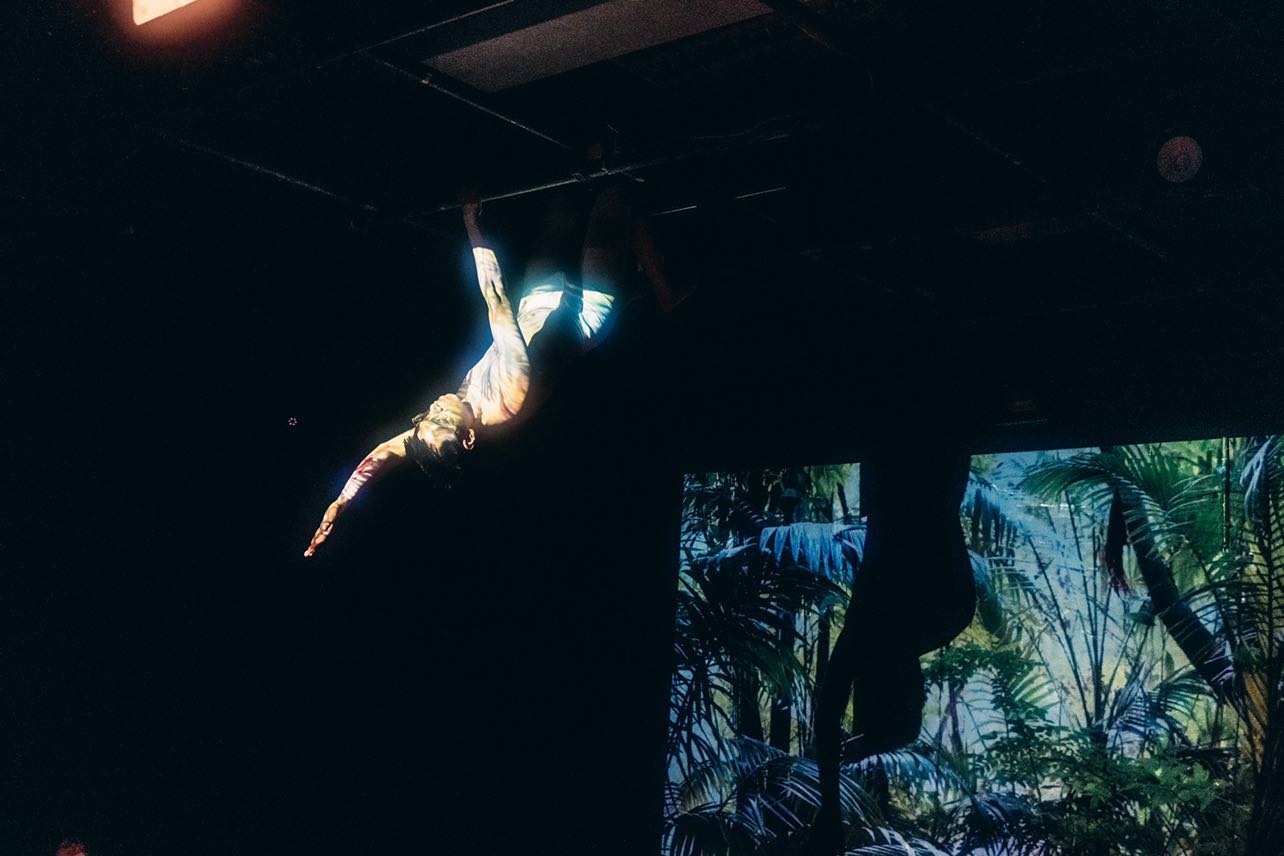The Palmaris longus and Opponens Pollicis Muscle
I often feel an urge to climb. The presence of the palmaris longus muscle—sometimes called the "tree-climbing muscle"—hints at our evolutionary past when climbing was essential for survival. In contrast, the opponens pollicis muscle enables the complex control and movement of our fingers, allowing the hand and brain to work together in the rapid development of civilization.
In modern life, the palmaris longus has largely lost its function; about 15% of people no longer have this muscle. Meanwhile, the opponens pollicis supports almost all daily activities. There is a surgical procedure that involves removing the palmaris longus muscle to transplant it to a damaged opponens pollicis. How does this selective replacement surgery reflect what humans have lost and gained throughout evolutionary history?
